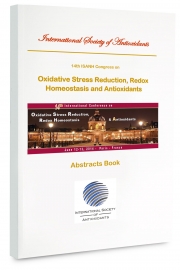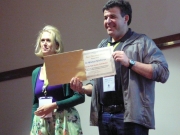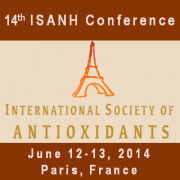
Pr Oliver Nüsse, from University Paris-Sud, Orsay, France will present a strategic topic about ROS production in phagocytes during next ISANH Congress.
Phagocytes produce ROS to kill pathogens. How much radicals and which species are required for efficient killing is still under debate. How does the phagocyte “know” when to stop ROS production? What are the consequences of ROS escaping from the phagosome? To answer these questions, more accurate methods to detect ROS in time and space will be required. Future detection methods need to deal with the diversity of biologically relevant ROS, a wide range of concentration and with localized, short term production.
Among the last publications of Pr Nüsse:
ROS Production in Phagocytes: Why, When and Where?
Abstract
In the phagocytosis field, ROS production by the phagocyte NOX has been associated with pathogen killing for the last 50 years. Since the discovery of nonphagocyte NOX, numerous other roles for ROS production have been identified. Oxidative stress and ROS-mediated signaling have received much attention in recent years. Much lower concentrations of ROS may be required for signaling compared with microbial killing. Based on the discoveries in nonphagocytic cells, it became logical to look for ROS functions distinct from pathogen killing, even in phagocytes. ROS are now linked to various forms of cell death, to chemotaxis, and to numerous modifications of cellular processes, including the NOX itself. ROS functions are clearly concentration-dependent over a wide range of concentrations. How much is required for which function? Which species are required for how much time? Is ROS signaling only a side effect of bactericidal ROS production? One major obstacle to answer these questions is the difficulty of reliable quantitative ROS detection. Signal transduction often takes place on a subcellular scale over periods of seconds or minutes, so the detection methods need to provide appropriate time and space resolution. We present examples of local ROS production, decreased degradation, signaling events, and potentially ROS-sensitive functions. We attempt to illustrate the current limitations for quantitative spatiotemporal ROS detection and point out directions for ongoing development. Probes for localized ROS detection and for combined detection of ROS, together with protein localization or other cellular parameters, are constantly improved.
More information: www.isanh.fr









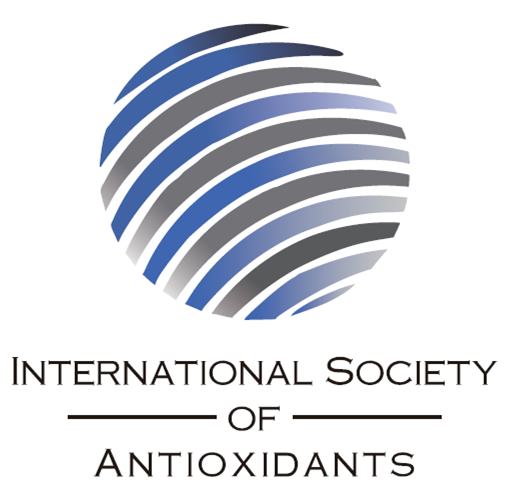
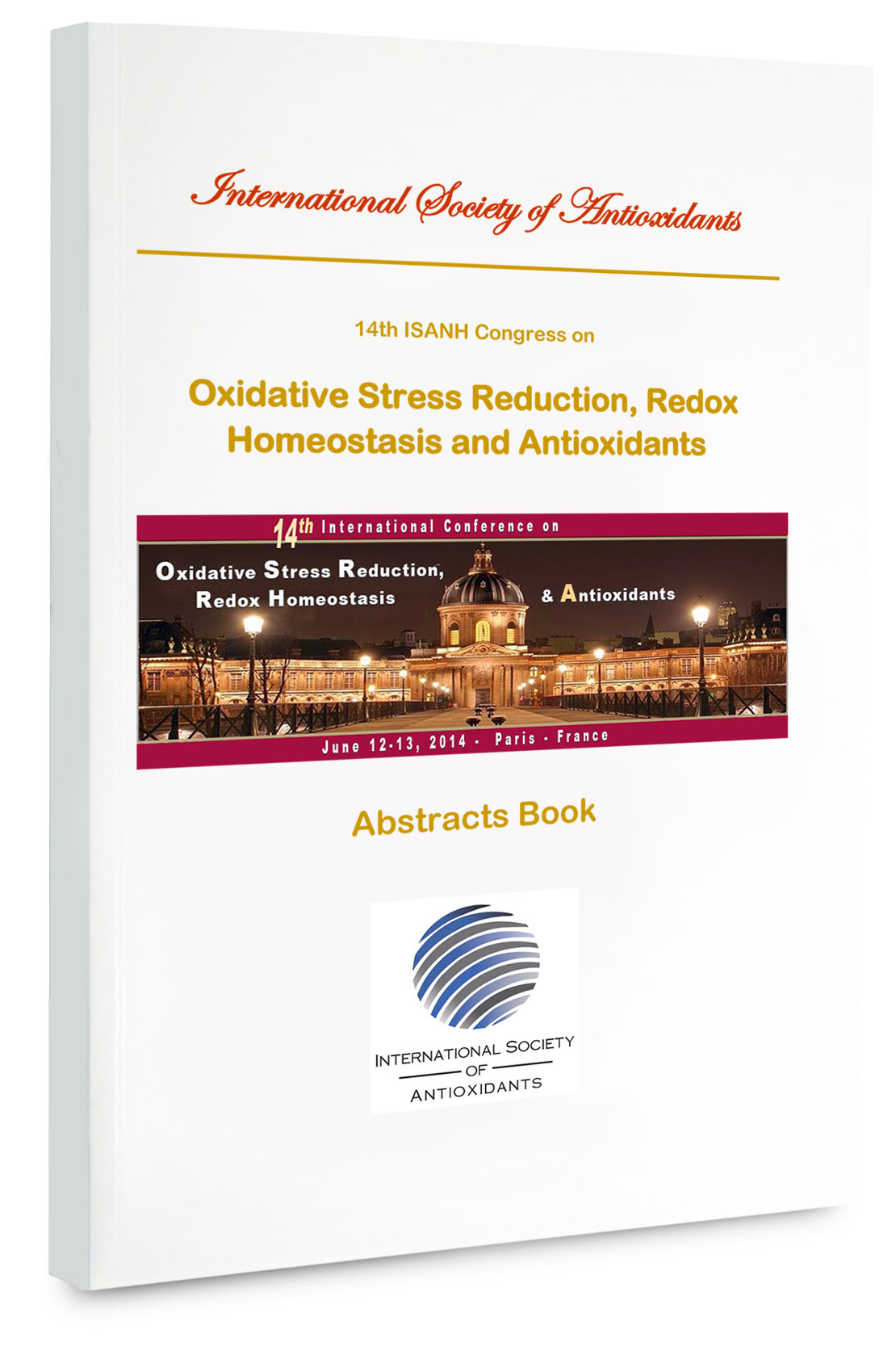 Please click here to purchase
Please click here to purchase